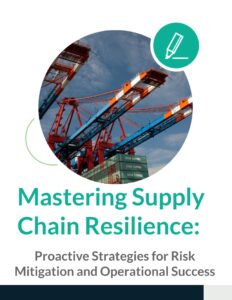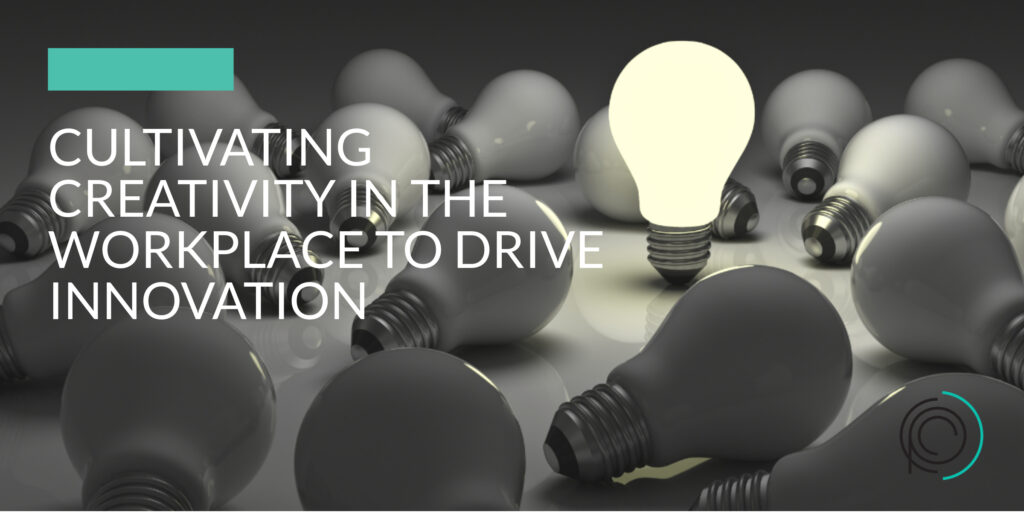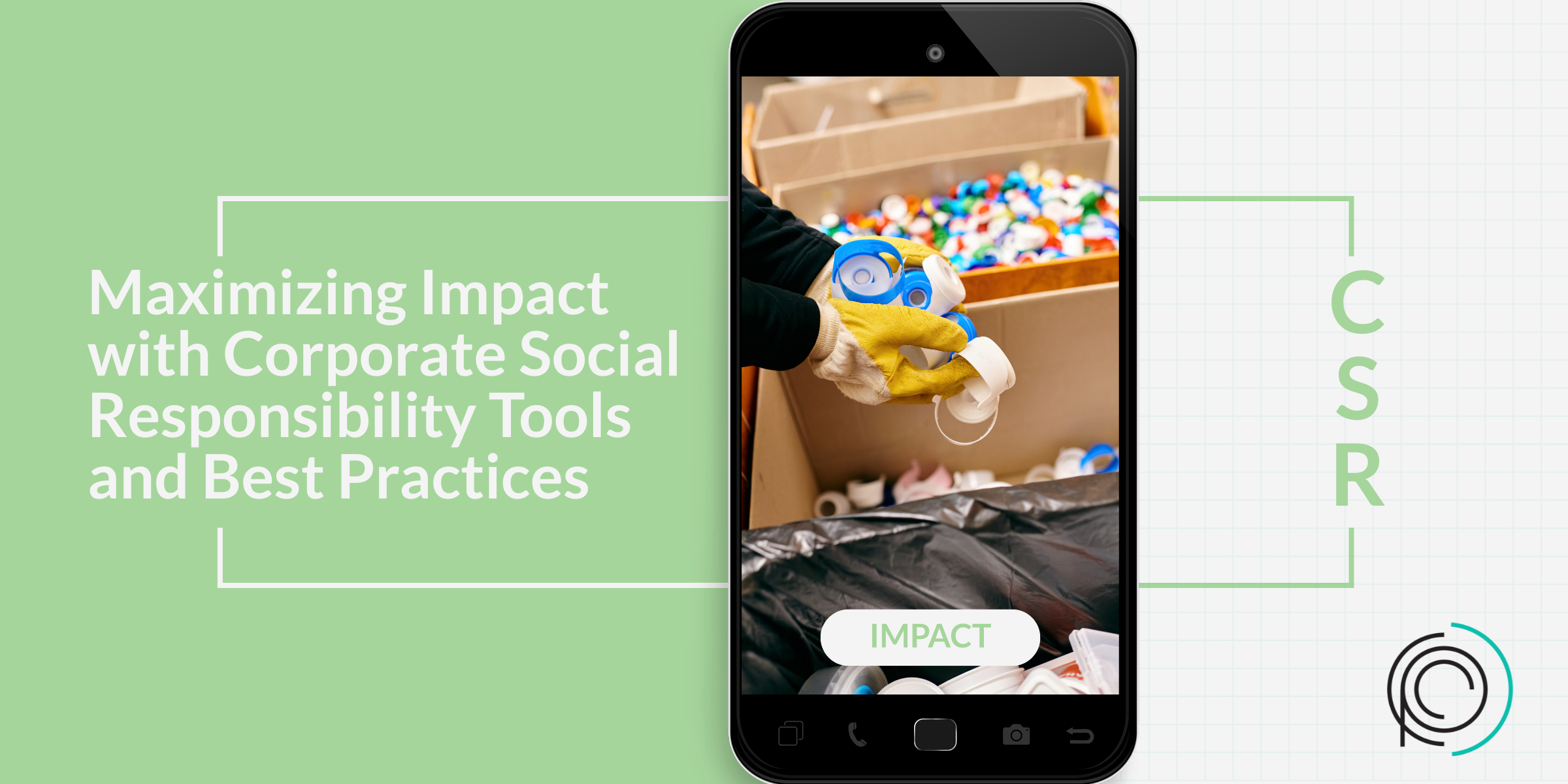Cultivating a culture of innovation and creativity across all employee levels is essential for leaders aiming to propel their businesses forward. This dynamic environment encourages collaboration and inspires employees to think outside the box. From the leadership team to front-line staff, every individual plays a vital role in generating new ideas and solutions that can drive the organization’s success. By empowering employees at all levels to contribute their unique perspectives and insights, companies can tap into a diverse pool of creativity.
In this blog post, we will examine various strategies organizations can implement to foster an environment that promotes innovation. This includes creating open channels of communication, providing opportunities for professional development, and encouraging risk-taking without the fear of failure. Additionally, we will discuss the importance of balancing structure with creativity, ensuring that while employees feel free to explore new ideas, there are also frameworks in place to guide and support their efforts effectively. By embracing this balance, organizations can cultivate a thriving culture of innovation that ultimately leads to sustained growth and success.
What is a Culture of Innovation?
A culture of innovation fosters an organizational environment that nurtures and promotes creative thinking and effective problem-solving, ultimately leading to greater competitiveness and relevance in the market. It represents a strategic approach to business that transcends traditional practices. In such a culture, employees are empowered to explore new ideas, take calculated risks, and challenge the status quo without fear of repercussions. This empowerment encourages individuals to express their thoughts and contribute to a collective vision for the organization’s future.
Innovation cultures are characterized by open communication, collaboration, and a willingness to accept and learn from failure. They create spaces for brainstorming and experimentation, where diverse perspectives are valued and encouraged. These cultures recognize that great ideas can come from anywhere within the organization, not just from the top. By fostering an inclusive atmosphere, companies can tap into the potential of their entire workforce, driving continuous improvement and adaptation in a rapidly changing landscape. Ultimately, a strong culture of innovation enhances employee engagement and positions the organization for long-term success and growth.
Companies that prioritize innovation tend to outperform their peers. One study found that innovative companies grow at a rate of 16% per year, compared to just 3% for non-innovative companies.
Creativity leads to better problem-solving, more efficient processes, and the development of new products and services that can drive revenue. It also helps attract and retain top talent. Employees want to work for organizations that value their input and encourage them to think outside the box.
Leadership’s Role in Promoting Creativity
Leadership plays a crucial role in fostering a culture of innovation within an organization. Leaders must set the tone by demonstrating a genuine commitment to creativity and innovation in their daily practices and decision-making processes. This means being open to new ideas from all levels of the organization, encouraging experimentation, and being willing to take calculated risks that may lead to groundbreaking solutions.
To truly support a culture of innovation, leaders should also provide the necessary resources and support that employees need to innovate effectively. This can include offering training programs that enhance creative skills, equipping teams with the latest tools and technologies for brainstorming and development, and granting employees the time and space to work on creative projects without the pressure of immediate results. Moreover, establishing dedicated innovation labs or cross-functional teams can create an environment where collaboration and creativity thrive.
Importantly, leaders must also be willing to accept failure as an inherent part of the innovation process. By reframing failures as learning opportunities rather than setbacks, leaders can create a safe space where employees feel comfortable taking risks and experimenting with new ideas. When employees witness their leaders being genuinely invested in innovation and embracing both successes and failures, they are far more likely to adopt a similar mindset and actively contribute to the creative process. This environment not only enhances individual creativity but also propels the organization forward in its quest for innovation and excellence.
Psychological Safety: Encouraging Employees to Share Ideas Without Fear
Psychological safety is a crucial element of fostering a robust innovation culture within an organization. This important concept, introduced by Harvard Business School professor Amy Edmondson, refers to the belief that individuals will not face punishment or humiliation for expressing their ideas, asking questions, voicing concerns, or admitting mistakes. It is about creating a workplace where employees feel secure in sharing their thoughts without fear of negative consequences.
Organizations that prioritize psychological safety cultivate an environment in which employees are encouraged to speak up and contribute, ultimately leading to a more vibrant and dynamic atmosphere for collaboration and creativity. When team members feel safe to share their viewpoints, it fosters an openness that is vital for effective collaboration and stimulates innovation. This openness not only enhances team dynamics but also drives problem-solving and the generation of new ideas that can propel the organization forward.
To build and maintain psychological safety within teams, leaders should actively encourage open dialogue and create spaces for honest communication. This can include regular check-ins, brainstorming sessions, and feedback loops that allow for the free exchange of ideas. Additionally, leaders should show appreciation for diverse perspectives, recognizing that differing viewpoints can lead to richer discussions and more innovative solutions. It is also important for leaders to respond constructively to feedback and mistakes, framing them as learning opportunities rather than failures. By doing so, organizations can create a culture where employees feel empowered to take risks and contribute their best ideas, ultimately driving long-term success.
Rewarding and Recognizing Innovative Thinking
Recognizing and rewarding innovative thinking is essential for sustaining a culture of innovation within any organization. When employees perceive that their creative efforts are genuinely valued and rewarded, they are far more likely to continue contributing new ideas and engage in innovative problem-solving. This not only boosts morale but also fosters an environment where creativity flourishes.
Recognition can take many forms, including formal awards, bonuses, and promotions that acknowledge exceptional contributions to innovation. Additionally, informal praise and public acknowledgment during team meetings or company-wide events can play a significant role in reinforcing positive behaviors. The key is to ensure that recognition is consistent and aligns seamlessly with the organization’s core values and strategic goals.
By celebrating innovation through various avenues—such as innovation challenges, brainstorming sessions, or creative showcases—organizations can effectively reinforce the importance of creativity within their culture. These initiatives not only highlight successful ideas but also serve to inspire others to think creatively. When employees see their peers being recognized for their contributions, it cultivates a sense of community and encourages even more innovative thinking across the board. In essence, a robust recognition program acts as a catalyst for continuous improvement and a driving force behind a vibrant and innovative workplace.
Implementing Structured Brainstorming Sessions
Structured brainstorming sessions are a highly effective and practical way to foster creativity and generate innovative ideas within a team. These sessions provide a dedicated time and space for employees to come together, collaborate, and think outside the box, breaking free from the constraints of their daily responsibilities.
To be truly effective, brainstorming sessions should be meticulously planned, well-facilitated, and inclusive of all voices. It’s crucial to encourage participation from every team member, ensuring that each individual’s perspective is valued and considered. This can be achieved by setting clear guidelines for the session and creating a supportive environment where everyone feels comfortable sharing their thoughts without judgment.
Incorporating various techniques can significantly enhance the brainstorming process. For example, mind mapping allows participants to visualize their ideas and how they connect to one another, promoting deeper exploration and collaboration. The SCAMPER method (Substitute, Combine, Adapt, Modify, Put to another use, Eliminate, Reverse) is another powerful tool that can stimulate creative thinking by prompting team members to look at existing problems from new angles and identify innovative solutions.
Additionally, it’s beneficial to establish a follow-up mechanism after the brainstorming session. This way, the ideas generated can be refined, prioritized, and transformed into actionable plans. By taking these steps, organizations can ensure that structured brainstorming sessions lead to meaningful outcomes and a continuous flow of creativity within the team.
Promoting Intrapreneurship and Giving Employees Ownership of Projects
Intrapreneurship, or the practice of encouraging employees to act like entrepreneurs within the organization, is a powerful and effective strategy for fostering innovation and driving growth. By giving employees ownership of projects and the freedom to pursue new ideas, organizations can tap into their creative potential and harness their diverse perspectives. This approach not only motivates employees but also cultivates a culture of innovation that can lead to groundbreaking solutions.
Implementing intrapreneurship can take many forms, such as setting up dedicated innovation labs or incubators where employees can collaborate on new projects in a supportive environment. These spaces can be equipped with the latest technology and resources, allowing teams to experiment and iterate on their ideas without the constraints of traditional corporate structures. Additionally, organizations can encourage intrapreneurship by allocating specific time during the workweek for employees to focus on developing their concepts, similar to the “20% time” policy famously adopted by some tech companies.
Moreover, providing mentorship and guidance from experienced leaders can help employees navigate the challenges that come with launching new initiatives. This support can include regular check-ins, feedback sessions, and access to networking opportunities that can further elevate their projects. The key is to create an environment where employees feel empowered to take initiative, explore their passions, and drive meaningful change within the organization. By promoting intrapreneurship, companies not only unlock innovation but also foster a sense of ownership and accountability among their workforce, ultimately leading to greater success.
Building Cross-Functional Teams to Promote Diversity of Thought
Cross-functional teams, which bring together employees from different departments and areas of expertise, are a valuable tool for promoting diversity of thought and fostering innovation within an organization. These teams combine individuals with varying backgrounds, experiences, and perspectives, enabling them to approach problems from multiple angles and generate more creative solutions. This diversity not only enhances problem-solving capabilities but also encourages fresh ideas that might not emerge within a more homogeneous group.
To build effective cross-functional teams, it is crucial to carefully select members who possess complementary skills and diverse perspectives. This means considering not only technical abilities but also personality traits and communication styles, ensuring a well-rounded team dynamic. Encouraging open communication and collaboration is essential; team members should feel safe sharing their ideas and challenging one another’s viewpoints. Regular brainstorming sessions and workshops can foster an environment where creativity thrives.
Moreover, providing the necessary tools and resources is vital for supporting the team’s work. This may include access to project management software, collaboration platforms, or training sessions that equip team members with new methodologies and techniques. By investing in these resources, organizations can maximize the potential of cross-functional teams.
Ultimately, by leveraging the diverse talents and insights present within the organization, cross-functional teams can drive significant innovation. They can navigate complex challenges more effectively, adapt to changing market conditions, and lead the way in developing groundbreaking solutions that keep the organization ahead of the competition. Embracing this approach not only enhances the quality of work but also cultivates a culture of inclusivity and respect for diverse perspectives.
Conclusion
Creating a culture of innovation is an ongoing process that requires commitment and effort from all levels of an organization. By fostering an environment that encourages creativity, supports risk-taking, and recognizes and rewards innovative thinking, organizations can unlock their full potential and drive long-term success.
Innovation is not just about generating new ideas; it’s about creating a sustainable culture of continuous improvement. By implementing the strategies outlined in this blog post, organizations can create a thriving innovation culture that benefits employees, customers, and the bottom line.
Ready to take the next step? Explore how your organization can benefit from fostering a culture of innovation today. Connect with us to learn more about our services and how we can help you empower your employees to think creatively and drive business success.







